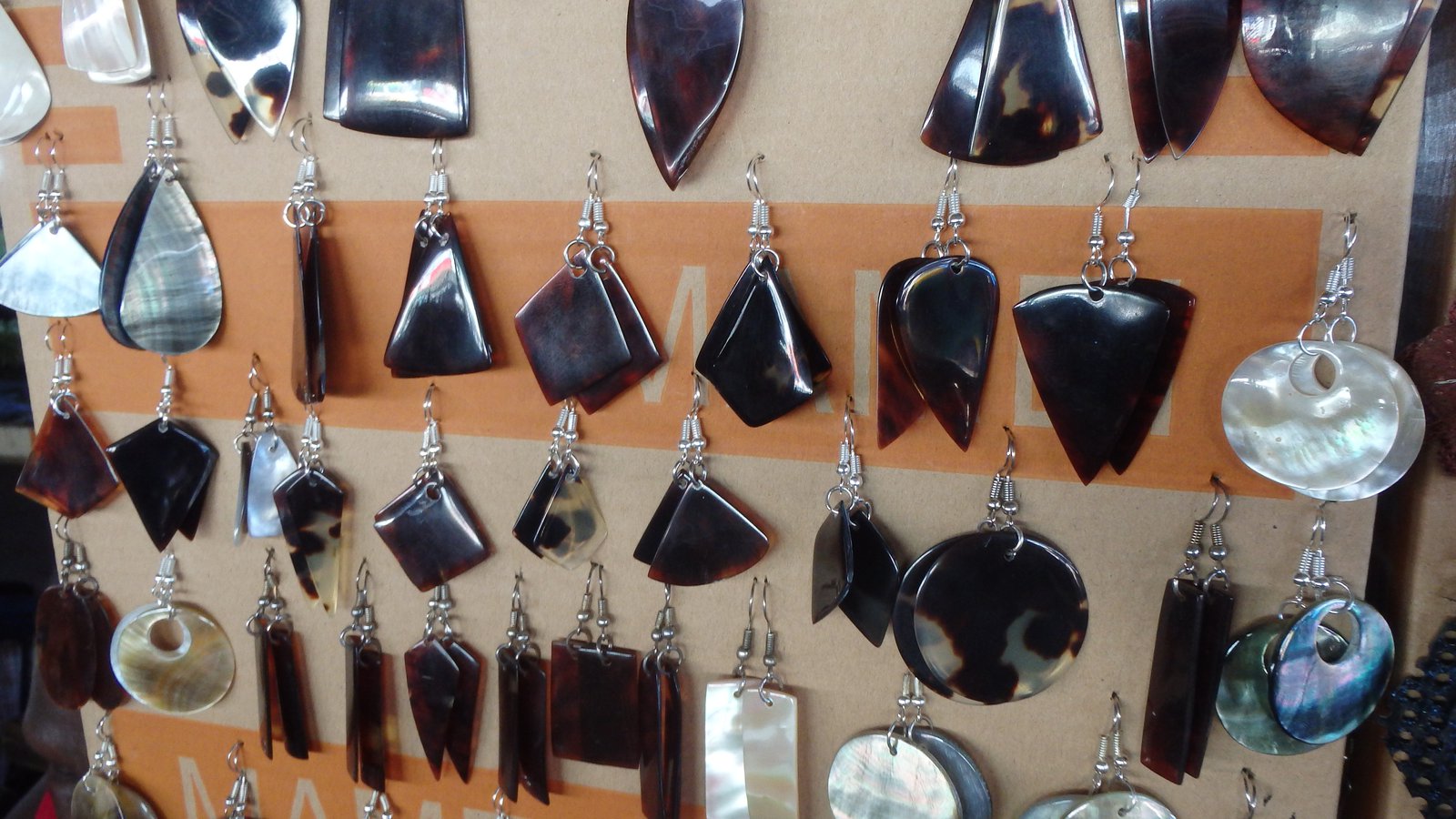Surrender Your Shell: Using DNA to protect the Hawksbill Turtle
Did you know that real tortoiseshell products are made from the shell of critically endangered Hawksbill turtles? This illegal trade has brought the species to the brink of extinction. To learn more, the Australian Museum, WWF-Australia and Royal Caribbean International launch Surrender Your Shell.

Hawksbill turtle.
Image: Inaki Relanzon© WWF-Australia
The Hawksbill turtle is a sea turtle species native to the tropical waters of the Indian, Pacific and Atlantic Oceans. In Australia they are found nesting and foraging along the tropical coasts of Queensland, Northern Territory and Western Australia. Its distinctive shell is made up of a mosaic of yellows, ambers and browns and has been long sought after to make a range of decorative and functional ornaments, including bowls, furniture inlay, hair accessories, combs, glasses and jewellery. It is estimated that nearly 9 million Hawksbill turtles have been harvested for their shells over the past 150 years. As a result, Hawksbill turtles are now listed as Critically Endangered on the IUCN Red List, and are listed under Appendix I on the Convention on International Trade in Endangered Wild Fauna and Flora; this means that it is illegal to trade tortoiseshell products in the same way it is illegal to trade elephant ivory, rhino horn or tiger products.
Despite this ban, poaching and the sale of Hawksbill turtle products still takes place and unlike elephants, rhinos or tiger products, the general public is often unaware that tortoiseshell comes from real, wild turtles and that it is illegal to buy and sell it.
To improve public awareness and to better understand the populations most at risk from this poaching, the Australian Centre for Wildlife Genomics (ACWG) at the Australian Museum has partnered with WWF-Australia and Royal Caribbean International on Surrender Your Shell. This project calls upon the public, who may have inherited or unknowingly purchased tortoiseshell, to surrender their items to assist in scientific research on this species. From now until early June 2021, the Australian Government will permit the surrender of these products without risk of prosecution. Instead, surrendered items will be collected by WWF-Australia and sent to the ACWG for DNA extraction and analysis.

Hawksbill Turtle.
Image: Jürgen Freund© WWF-Australia
Using a small fragment of mitochondrial DNA that can be recovered from degraded or compromised samples, we will compare the DNA pattern (haplotype) recovered from each item to the ShellBank – a DNA database of haplotypes sampled from wild nesting sites around the Hawksbill turtle distribution.
But why are these DNA haplotypes important and what can we learn from them? Female Hawksbill turtles return to the same beach or region where they hatched decades earlier to lay their own eggs. This behaviour is called natal homing and results in geographic structuring in haplotypes across their distribution which can be used as a ‘genetic map’ to determine the geographical origin of surrendered items. DNA haplotypes generated from surrendered tortoiseshell products will provide vital information on where Hawksbill turtle poaching is occurring and identify populations most at risk from this illegal activity. Hawksbill turtles are essential members of reef ecosystems, feeding on algae and sea sponges and promoting coral growth and regeneration; therefore, their protection is crucial for maintaining healthy reef ecosystems into the future.
To learn more about this project, or if you have items you would like to surrender, please visit Surrender Your Shell, and help play a part in the survival of this exquisite seafarer.
Dr Greta Frankham, Research Assistant, Australian Centre for Wildlife Genomics, Australian Museum Research Institute.
More information:
- WWF. Surrender Your Shell. wwf.org.au/get-involved/surrender-your-shell#gs.qdhb0o
- The Australian Museum. Hawksbill Sea Turtle. https://australian.museum/learn/animals/reptiles/hawksbill-sea-turtle/














